.jpg)
Harnessing Asset Performance Management for Maximum Asset Value
Madhurima Sanyal |
11 Jun 2024 |
15:40 PM
- Importance of APM in Maximizing Asset Value
- The Benefits of Asset Performance Management (APM)
- How to Build an Effective APM Program
- Measuring the Success of Your APM Program
- Defining Intelligent Asset Performance Management Strategies
- Asset Availability
- Reduce Maintenance and Operational Costs
- Challenges and Considerations
- Taking a Digital Ecosystem Approach
- Conclusion
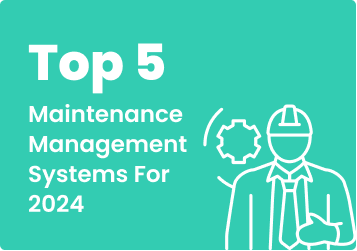
Top 5 Maintenance Management Systems for 2024
Kirti Prakash 27 Jun 2024 | 09:47 AMDiscover the top 5 maintenance management systems of 2024. Enhance your operations with the best software solutions for maintenance management, tracking, and efficiency....
Asset Performance Management (APM) is a comprehensive approach to optimizing the performance of physical assets throughout their lifecycle. It encompasses strategies and technologies aimed at improved asset reliability, and availability while minimizing costs and risks.
Importance of APM in Maximizing Asset Value
In today's competitive landscape, where businesses rely heavily on their assets to drive productivity and profitability, effective asset strategy has become a critical imperative. By proactively monitoring asset health, implementing predictive maintenance practices, and leveraging data-driven insights, organizations can achieve operational excellence and gain a competitive edge. In this guide, we'll delve deeper into the importance of Asset Performance Management (APM) in maximizing asset value and explore key strategies for success.
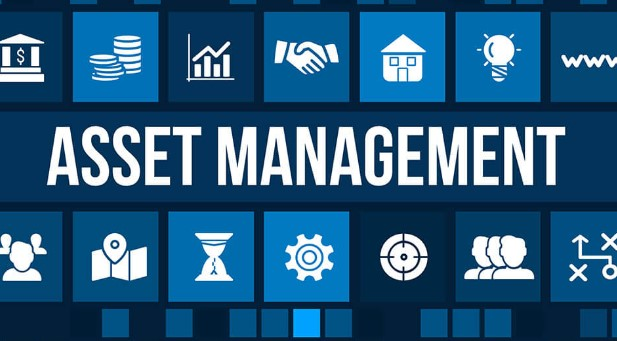
The Benefits of Asset Performance Management (APM)
Cost Savings and Operational Efficiency
APM enables proactive maintenance, reducing downtime and maintenance costs. By optimizing asset performance, organizations can streamline operations, increase productivity, and achieve significant cost savings.
Enhanced Asset Reliability and Availability
Through continuous monitoring and predictive maintenance, Asset Performance Management (APM) enhances asset reliability and availability. This ensures that critical assets remain operational, minimizing disruptions and maximizing productivity.
Improved Decision-Making and Risk Management

With access to real-time data and performance insights, APM facilitates informed decision-making and proactive risk management. Organizations can identify potential issues before they escalate, mitigating operational risks and enhancing overall business performance.
How to Build an Effective APM Program
Setting Clear Objectives and Goals
Define specific objectives aligned with organizational priorities, such as maximizing asset reliability or reducing maintenance costs. Establish clear goals to measure progress and success throughout the APM implementation process.
Establishing Key Performance Indicators (KPIs)
Identify relevant KPIs to monitor and evaluate the performance of assets and the effectiveness of the APM program. These metrics should be measurable, actionable, and aligned with overall business objectives.
Implementing APM Solutions and Technologies

Select and implement Asset Performance Management solutions and technologies that align with organizational needs and objectives. Leverage advanced software platforms and advanced analytics tools to collect, analyze, and act upon asset data management in real-time, optimizing performance and reliability.
Measuring the Success of Your APM Program
Performance Metrics and KPIs
Utilize key performance indicators (KPIs) such as asset utilization, mean time between asset failures (MTBF), and overall equipment effectiveness (OEE) to measure the performance and effectiveness of your APM program.
Data-Driven Evaluation and Analysis

Harness business and asset data to conduct thorough evaluation and analysis of APM program outcomes. Identify trends, patterns, and areas for improvement to drive informed decision-making and optimize asset management.
Continuous Improvement Strategies
Implement continuous improvement strategies based on insights gained from data analysis and performance metrics. Continuously refine and adapt your Asset Performance Management program to maximize asset value and achieve operational excellence.
Defining Intelligent Asset Performance Management Strategies
Leveraging Predictive Maintenance

Incorporate predictive asset maintenance techniques to anticipate potential asset failures and address issues before they occur. By analyzing historical data and performance trends, organizations can optimize maintenance schedules and minimize downtime.
Implementing Risk Estimation and Assessment Techniques
Utilize risk estimation and assessment methodologies to identify and prioritize risks associated with critical assets. By assessing the likelihood and impact of potential failures, organizations can develop proactive strategies to mitigate risks and optimize asset performance.
Integrating Reliability Methodologies
Integrate reliability methodologies such as Reliability Centered Maintenance (RCM) and Failure Modes and Effects Analysis (FMEA) into asset management practices. These methodologies help identify failure modes, assess their impact, and develop targeted maintenance strategies to improve asset reliability and performance.
Asset Availability
Importance of Asset Availability in APM
Asset availability is crucial for ensuring uninterrupted operations and maximizing productivity. It minimizes downtime, optimizes resource utilization, and enhances overall operational efficiency. It directly impacts revenue generation and customer satisfaction, making it a key focus area for organizations seeking to achieve maintenance excellence.
Strategies for Maximizing Asset Availability
Organizations must implement proactive maintenance strategies such as predictive maintenance and condition-based monitoring. By regularly monitoring asset health and performance, potential issues can be identified and addressed before they lead to unplanned downtime.
Monitoring and Improving Asset Uptime
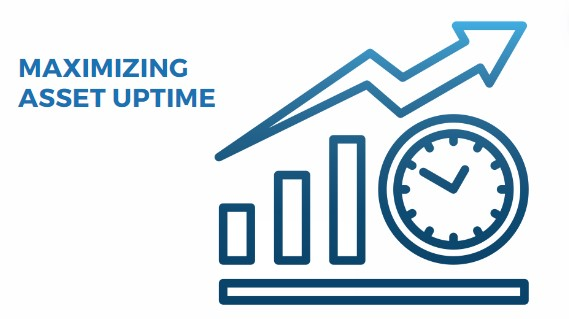
Continuous monitoring of asset performance metrics and utilization rates is essential for improving asset uptime. Leveraging asset performance management software enables real-time tracking of asset health and operational status, facilitating timely interventions to prevent failures and optimize asset management. Regular asset maintenance and periodic inspections also play a critical role in preventing potential equipment failures.
Reduce Maintenance and Operational Costs
Optimizing Maintenance Resources - Asset performance management enables organizations to optimize maintenance resources by implementing predictive maintenance strategies. By leveraging predictive analytics and condition-based monitoring, maintenance activities can be scheduled based on asset health and performance, reducing unnecessary maintenance and minimizing costs.
Minimizing Downtime and Unplanned Maintenance - Through proactive maintenance and real-time monitoring, Asset Performance Management helps minimize downtime and unplanned maintenance events. By addressing potential issues before they escalate into failures, organizations can avoid costly disruptions to operations and maintain productivity.
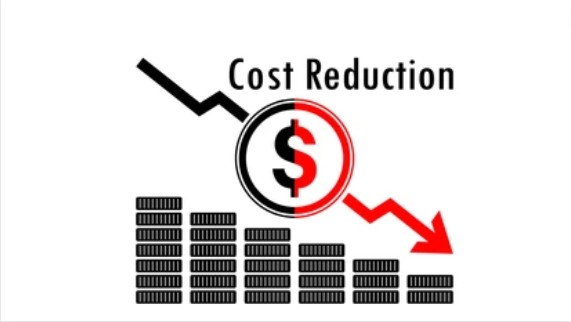
Cost-Saving Initiatives through APM software - APM offers various cost-saving initiatives, including reducing maintenance costs through optimized resource utilization, minimizing downtime and unplanned maintenance, and extending asset lifespan through proactive asset maintenance strategies. Organizations can manage asset performance will lead to achieving significant cost savings while improving asset performance and reliability.
Challenges and Considerations
Common Challenges in Implementing APM Programs
Implementing asset strategy can be challenging due to factors such as integrating diverse systems, managing large volumes of data, and ensuring buy-in from stakeholders across the organization.
Addressing Data Security and Privacy Concerns

Data security and privacy are paramount when implementing Asset Performance Management programs, especially considering the sensitive nature of asset and business data. Robust data encryption, access controls, and compliance with relevant regulations are essential to safeguarding data integrity and confidentiality.
Overcoming Resistance to Change

Resistance to change can hinder APM adoption. Effective communication, stakeholder engagement, and providing training and support are vital to overcoming resistance and fostering a culture of innovation and continuous improvement.
Taking a Digital Ecosystem Approach
Integrating APM with Other Digital Technologies
To maximize the benefits of asset performance management (APM), organizations should integrate APM solutions with other digital technologies such as Internet of Things (IoT), artificial intelligence (AI), and big data analytics. This integration enables real-time data collection, analysis, and insights generation, enhancing the effectiveness of APM initiatives and improving decision-making processes.
Building a Comprehensive Digital Ecosystem
A comprehensive digital ecosystem encompasses various interconnected technologies and systems that work together to support organizational objectives. By integrating APM with other digital tools and platforms, organizations can create a unified ecosystem that optimizes asset performance, enhances operational efficiency, and drives business value.
Future Trends and Innovations in APM
The future of APM is marked by advancements in predictive analytics, machine learning, and AI-driven insights. These technologies supports asset performance management strategies, prevents unplanned downtime, and prescriptive recommendations that improve asset performance, reduced downtime, and increased efficiency. Additionally, the integration of APM with emerging technologies such as blockchain and edge computing holds promise for further enhancing asset management practices and unlocking new opportunities for businesses.
Conclusion
Harnessing asset performance management (APM) for maximizing asset performance is imperative in today's competitive business landscape. APM empowers organizations to optimize the performance, reliability, and availability of critical assets, thereby driving operational excellence and achieving business objectives. By implementing preventive maintenance strategies, leveraging predictive analytics, and integrating APM with other digital technologies, organizations can effectively manage asset health, minimize downtime, and lower maintenance costs.
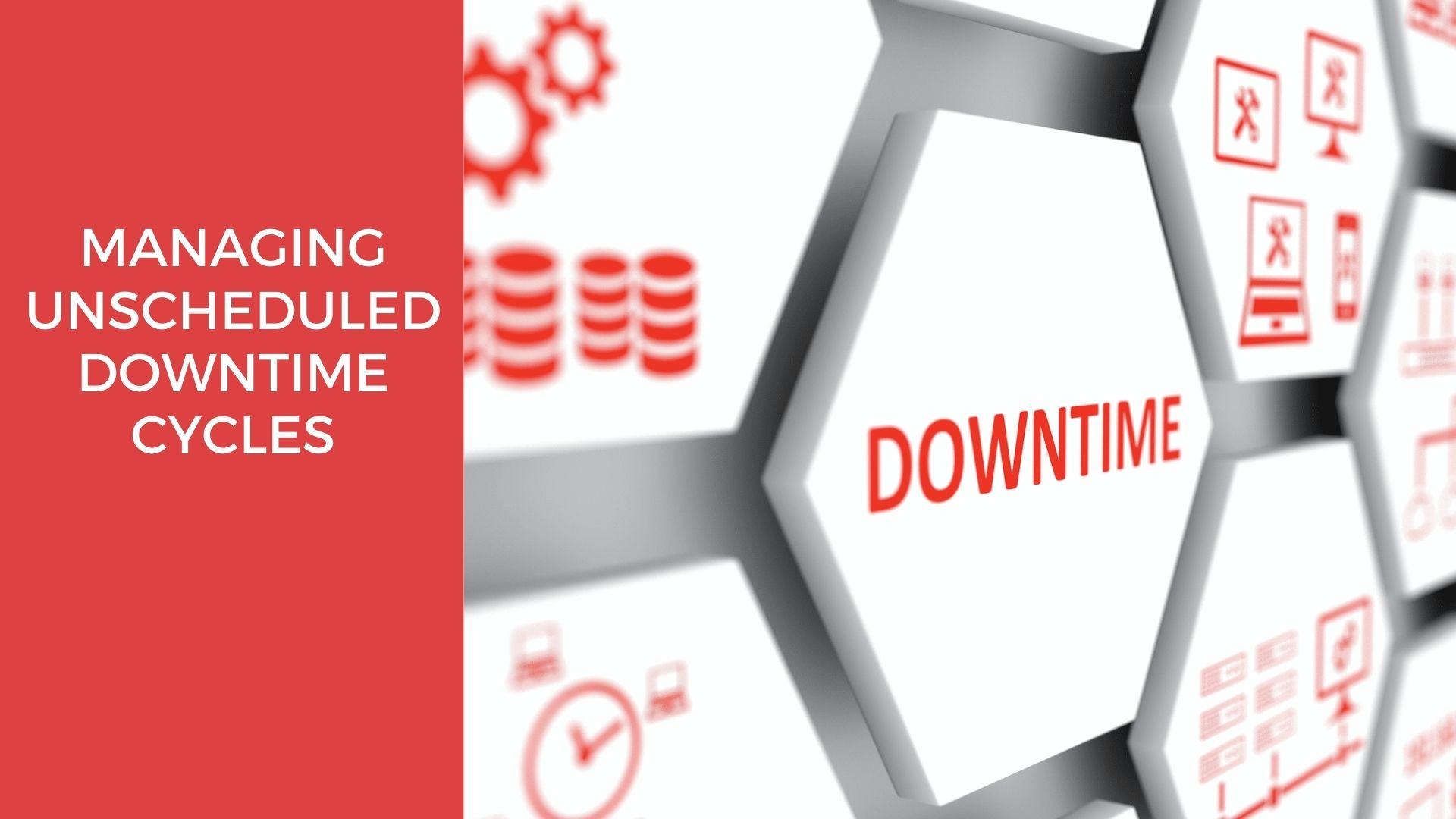
Through APM, organizations gain valuable insights into asset performance, enabling data-driven decision-making and proactive risk management. By measuring asset performance indicators (KPIs) and continuously evaluating APM program outcomes, organizations can identify areas for improvement and drive continuous improvement initiatives.
Successful asset management requires a holistic approach, encompassing not only the optimization of valuable assets but also the alignment of asset strategies with business goals. By prioritizing critical assets, managing asset performance, and investing in APM solutions, organizations can maximize the value of their assets and gain a competitive edge in the market.
As businesses continue to evolve, embracing digital transformation and staying abreast of emerging trends and innovations in asset management will be crucial. By taking a digital ecosystem approach and leveraging advanced technologies, organizations can future-proof their APM initiatives and prevent excessive maintenance.
In essence, asset maintenance program is not just about maintaining assets; it's about driving business value, achieving operational excellence, and ultimately, realizing the full potential of assets to support organizational success.